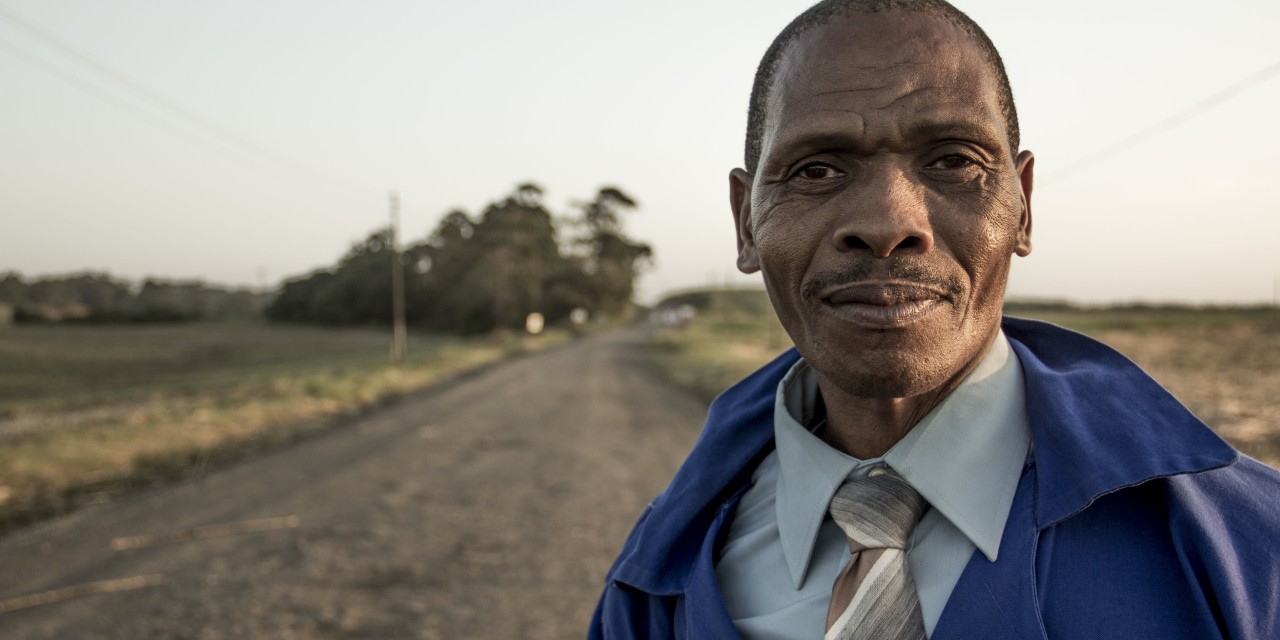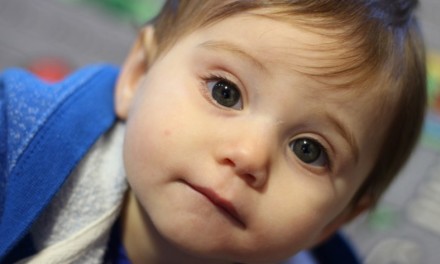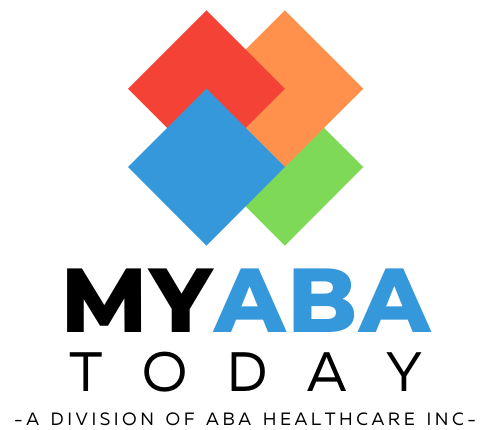With Thanksgiving on the horizon, gratitude is something that is frequent fodder for discussion this time of year. I am truly grateful for the opportunities that I have had to work with some incredible children with autism and their families. I have learned so much from them in the past 16 years and in the process have developed an intense passion for Applied Behaviour Analysis (ABA) and in all that it can do to unlock each individual with autism’s learning potential. I have seen first hand how a child or youth with autism’s participation in a high quality ABA program can lead to him/her to become empowered with skills that will improve his/her quality of life. I believe that gratitude is one of those skills. I believe that gratitude is a life skill that can be learned, and I believe that learning to be grateful can lead to improved quality of life. Here are three things to consider when teaching a child with autism about gratitude.
Tip #1 Define what gratitude means to you.
A high quality teaching program that is based on ABA would first require that we describe the behaviour that we are trying to teach. The term gratitude is one of those terms that may have different meanings for different people. In its most simplest of forms, gratitude may be an acknowledgement of someone doing something for you or giving you something. For example, given this description, someone would be showing gratitude if they said “thank you” when someone did them a favour or gave them a gift or anything at all for that matter. But it can also mean being content with what you have and tolerating that you are not necessarily going to get everything you want or ask for, whenever you want. Sometimes a parent has to say “no you cannot have that right now” or in some cases a parent may have to say “no you cannot have that ever”. For example, when my daughter asks for that favourite toy of hers when I am driving her to school, even if I really wanted to give it to her, if it is not in the car, there is no way I am going to be able to give it to her in that moment. Being able to accept “no”after you have asked for something is a life skill that can be associated with gratitude because it means you need to make the best of what you have in that given moment. Someone else may describe gratitude as giving back to others in some way. For example this may mean doing some kind of service or volunteer work. In our family we help deliver food to families in need for a local charity called Food4Kids. Someone else may pack the food that is delivered. As you can see, gratitude is a complex behaviour that may be broken down into all kinds of different behaviours (e.g., saying thank you, volunteering). The first step in being able to teach someone to engage in behaviour that may be described as grateful, is to establish what gratitude is for your unique situation. It is about describing it and defining it in a way that allows you to see instances of it when it occurs. Check out our blog on how to set goals to teach for more info on how to do this effectively. Once you know what the behaviour looks like, then you can begin to teach it and track progress on how your child or student is learning this new behaviour.
Tip #2 Decide where to begin with your unique child/student.
As with any great ABA teaching program, where you begin is dependent on who is supposed to be learning the new skill. Each student has unique strengths and areas of need and I would assess his or her skills with a curriculum assessment, and then develop a unique program that builds upon the skills that he/she currently has, and, that helps teach them the skills that they may still need to learn. This might mean that for one student/child I begin with teaching them to say “thank you” whenever someone gives them something. This would include but is not limited to the daily interactions that your child or student may have with you as the parent, or any staff that they may work with. When someone gives them a glass of water they say “thank you”. When someone helps them in some way they say “thank you”. There are multiple opportunities in a given day to practice saying “thank you” to all kinds of different people and it is dependent on your particular routine. Being able to use your words to say “thank you” may be a good place to begin for one student/child but for someone else it may mean using sign language because they are not able to communicate with words. Another example of a behaviour that is often associated with gratitude is to identify moments, things, or people in your environment that you are grateful for. This might mean simply stating something that he/she is grateful for on a given day. For example in our household we ask our 6 year old and 3 year old every day to tell us something that made them “happy” that day. When we first started this, we gave examples to show them what we meant. We suggested simple things that our children were able to verbally describe and that they would be able to notice. For example, we might suggest that we were happy today because the sun was shining and it was a beautiful day. Or in the case of my 3 year old, that it rained and there were puddles to jump in. In the case of a child that is not able to speak or who may not know what it means to be “happy” you might start by teaching them to identify emotions like happy first. Another student might not understand the concept of time on a given day and so you would ask them to talk about something they are grateful for in that moment, as opposed to thinking of something that occurred earlier in the day. The take home point here is that selecting what to teach your child or student with respect to any skill, will depend on each child’s unique strengths and areas that they need to work on.
Tip #3 Incorporate gratitude into regular routines.
As a parent or instructor, it is important that our behaviour also aligns with what we are trying to teach. Our behaviour can be used as a model for the child or student we are teaching. They may observe you and they may imitate your actions. This means saying “thank you” ourselves when the opportunity arises, making it part of our daily routine or a standard in our interactions, so that it is consistently practiced. This provides opportunities for your child or student to practice what they are learning in a meaningful way. The same goes for many of the behaviours that may be associated with gratitude. If your child or student is learning to identify emotions like happiness, find opportunities throughout your day to work on that. If you see someone in a store that looks happy, or hear someone laughing, or even while watching a favourite video, describe them as happy. For example, you might say “how do you think that person feels?” or “look that person is happy because they are laughing”. In the case of identifying things to be grateful for, opportunities to speak about that may include things like “I am so grateful to have you in my life, you make me happy” or “When I asked you to go brush your teeth this morning you went and did it right away, this makes me very happy”. Whatever behaviour you have selected to define and teach your child can be practised in this way. The idea here is to find opportunities in your every day routines to notice the things that can help you teach the important skills you are working on with your child or student. If you have a hard time finding any you can also contrive or set up opportunities. For example you could tickle a sibling to make them laugh and then notice the emotion of happy.
These are just some of the ways that you can work on teaching behaviour that is associated with gratitude to your child or student. The skills described are just some of the types of things you might teach but each of these could lead to improved quality of life because they empower a child or student with autism. Exactly how is related to the behaviour being taught. For example, in the case of the child being taught to say “thank you”, when someone helps them or gives them something, this child is also learning a social interaction which could lead to improved social skills because they are having to respond to someone else. They are also learning a communication response whether it is verbal, through the use of a sign or an augmentative communication device. Finally, they are also engaging in behaviour that is considered to be socially appropriate which could lead to more opportunities. Let’s face it, people are more likely to engage with your child if they like being around them.
For support in developing a high quality ABA program to teach important skills to your child or student you can always contact a local Board Certified Behaviour Analyst (BCBA) and they would be happy to help you with this.









